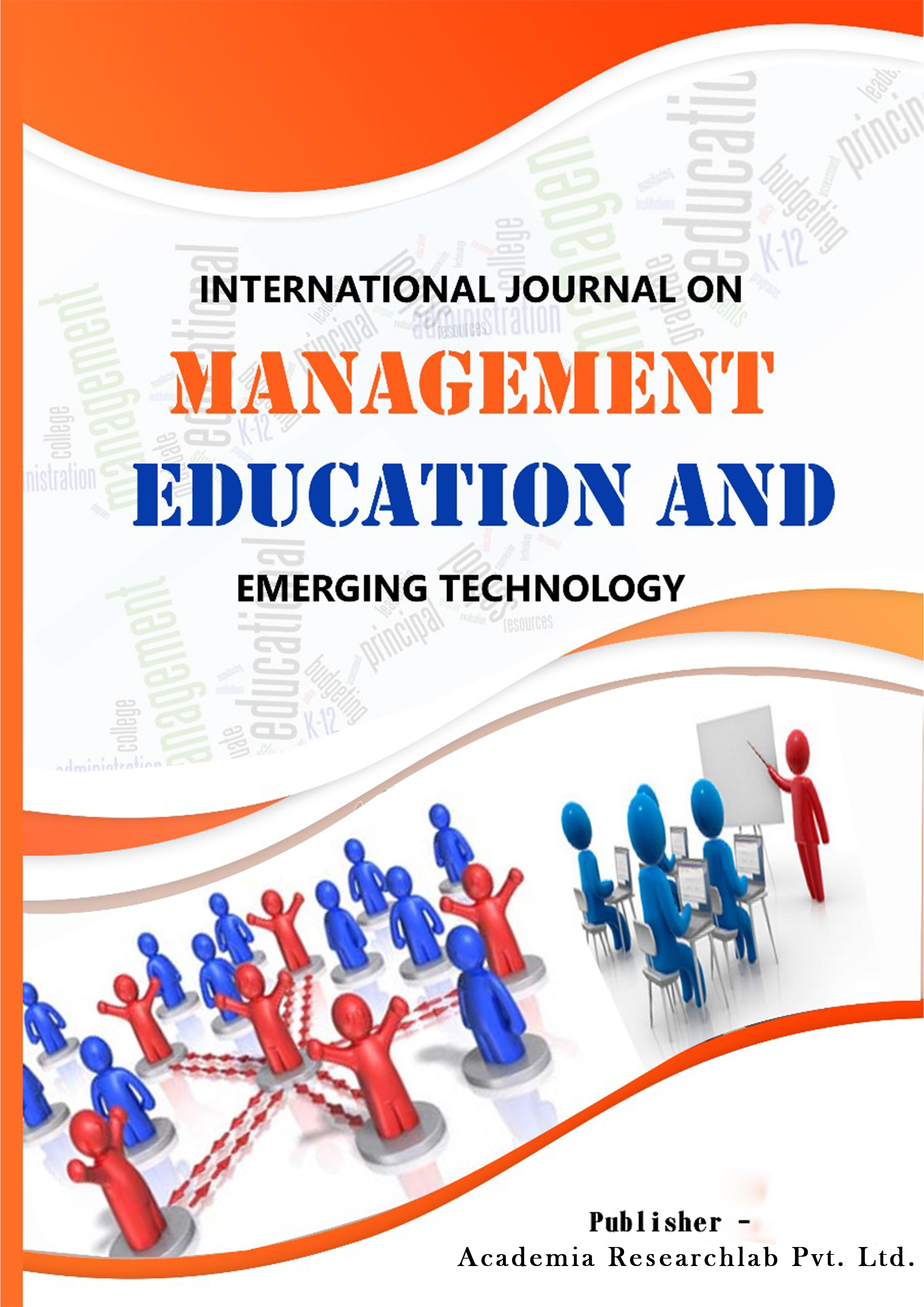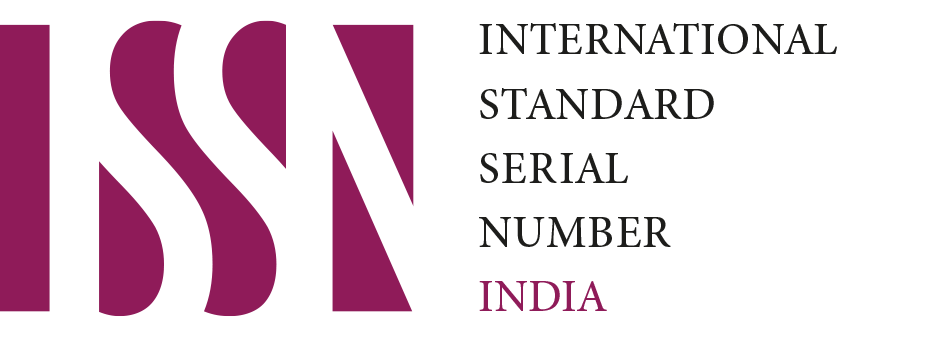Measuring the Effectiveness of Precision Poverty Reduction in China
Keywords:
Precise Poverty Alleviation, Farm Households, Poverty Alleviation, ChinaAbstract
Based on the data of China Family Panel Studies (CFPS) database, this study adopts the difference-in-difference (DID) method to measure the effect of the implementation of precise poverty alleviation policy. The results of the study show that, on the one hand, the implementation of the precision poverty alleviation policy increased the poverty elimination rate of farming households by 10.21%, indicating that the implementation of the precision poverty alleviation policy has a significant effect on the poverty elimination effect of farming households. On the other hand, the average treatment effect of the implementation of the precise poverty alleviation policy on per capita disposable income is 0.7104, indicating that the precise poverty alleviation policy significantly improves the income level of farm households' families and broadens the income channels of farm households. Based on this, this study proposes corresponding policy recommendations to promote the effective implementation of the precision poverty alleviation policy.
References
Chen, J. Zhu, H. G. & Weng, C.. (2020). Precision poverty alleviation policy and rural relative poverty-an analysis based on poor villages and file establishment cards. Journal of Jiangsu University (Social Science Edition) (05), 39-51.
doi:10.13317/j.cnki.jdskxb.2020.048.
Ha, X. Z., Chen, S. K. & Chen, H. L.. (2021). Poverty reduction effects of precision poverty alleviation policies: empirical evidence based on CFPS data. Statistics and Decision Making (22), 68-71. doi:10.13546/j.cnki.tjyjc.2021.22.015.
Huang, X. Z., Shen, Y. Y. & Zhou, Y. B.. (2023). Analysis of the role of poverty reduction longevity of precise poverty alleviation policy - based on the perspective of poverty vulnerability. Contemporary Economic Science (04), 97-110.
doi:10.20069/j.cnki.DJKX.202304008.
Li, F. H., Zhang, Y. Y. & Zheng, X. Ye. (2020). Evaluation of the effect of precise poverty alleviation policies - based on micro-tracking data of the poor population. Economic Research (08), 171-187. doi:CNKI:SUN:JJYJ.0.2020-08-012.
Li, Q. R., Li, C. X. & Hu,S. L.. (2023). Assessing the subjective effects of precise poverty alleviation policies: Perceived severity of the "three guarantees" of livelihood problems among the poor. Population and Development (03), 148-160+136.
doi:CNKI:SUN:SCRK.0.2023-03-018.
Liu, Q., Lei, Y. Y., Yu, Z. L, Tang, H. L., Ye, W. L. & Yang, X. J.. (2023). Policy effect assessment of precision poverty alleviation and its differentiation study under the perspective of livelihood sustainability - A case study of Shizhu County, Wuling Mountain Region. Advances in Geosciences (04), 670-686.
doi:CNKI:SUN:DLKJ.0.2023-04-005.
Liu, M. H., Li, J. W. & Li, Q.. (2020). A study on the impact of precision poverty alleviation policy on the income gap between urban and rural residents--Taking Shanxi Province as an example. China Agricultural Resources and Zoning (08), 228-237. doi:CNKI:SUN:ZGNZ.0.2020-08-034.
Meng, Y., Lu, Y. Q. & Chen, L.. (2024). A study on the impact of precise poverty alleviation policy on the household consumption of poverty-eradicating farm households-exemplified by research data from Hunan- Eastern-Yuzhou-Guizhou neighboring ethnic areas. Management Review (01), 236-250.
doi:10.14120/j.cnki.cn11-5057/f.2024.01.015.
Qin, S. Z. & Li, G. C.. (2022). A study on the impact of precision poverty alleviation policy on poverty vulnerability of farm households - Empirical evidence from a quasi-natural experiment. Chinese Agricultural Resources and Zoning (09), 230-239.
Ravallion M. (2007). Evaluating Anti-poverty Programs. Handbook of Development Economics, (4): 3787-3846.
Tang, L. X. & Liu, Y.. (2020). Evolution and Prospects of China's Poverty Alleviation Targeting Mechanism. Journal of Hubei University (Philosophy and Social Science Edition) (05), 133-141. doi:10.13793/j.cnki.42-1020/c.2020.05.015.
Wang, K.. (2020). Precision poverty alleviation: theoretical, institutional and practical innovations in global poverty governance. Thought Theory Education Guide (10), 80-84.
doi:10.16580/j.sxlljydk.2020.10.016.
Wang, L. Y. & Xu, M.. (2019). A study of the poverty reduction effect of China's precision poverty alleviation policy: empirical evidence from a quasi-natural experiment. Statistical Research (12), 15-26.
doi:10.19343/j.cnki.11-1302/c.2019.12.002.
Xu, Y. H., Hu, H. H. & Zhu, J. P.. (2022). Does precision poverty alleviation overcome the limitations of socialforces in poverty alleviation. Mathematical Statistics and Management (03), 460-474.
doi:10.13860/j.cnki.sltj.20210305-036.
Yan, J. R.. (2020). Anti-poverty and national governance: The innovative significance of China's "poverty eradication". Management World (04), 209-220.
doi:10.19744/j.cnki.11-1235/f.2020.0063.
Yang, R. Y., Yang Z. S., Zhong C. B., He Y. M. & Yang J. R.. (2024). Analysis of the impact of precise poverty alleviation on narrowing the urban-rural income gap--Taking Chongqing Municipality as an example.
World Geography Research, 1-12. http://kns.cnki.net/kcms/detail/31.1626.P.20240408.1257.002.html
Yang R. Y., Zhong C. B., Yang Z. S. & Yang S. Q.. (2023). Precision poverty alleviation policy and rural residents' income increase - an empirical test based on 129 counties in Yunnan Province. Nankai Economic Research (03), 131-150.
doi:10.14116/j.nkes.2023.03.008.
Yin, Z. C. & Guo, P. Y.. (2021). Evaluation of the effect of precise poverty alleviation policy - an empirical study under the perspective of household consumption. Management World (04), 64-83.
doi:10.19744/j.cnki.11-1235/f.2021.0050.
Zhang, B. S. & Cao, S. Y.. (2021). Impact of precise poverty alleviation policy on urban-rural income gap in national-level poverty-stricken counties. Resource Science (08), 1549-1561. doi:CNKI:SUN:ZRZY.0.2021- 08-004.
Zhang, Q. H. & Zhou, Q.. (2019). Assessment of the effects of precise poverty alleviation policies-income, consumption, life improvement and migrant labor. Statistical Research (10), 17-29. doi:10.19343/j.cnki.11- 1302/c.2019.10.002.
Additional Files
Published
How to Cite
Issue
Section
License
Copyright (c) 2024 International Journal on Management Education and Emerging Technology(IJMEET)

This work is licensed under a Creative Commons Attribution-NonCommercial-NoDerivatives 4.0 International License.





